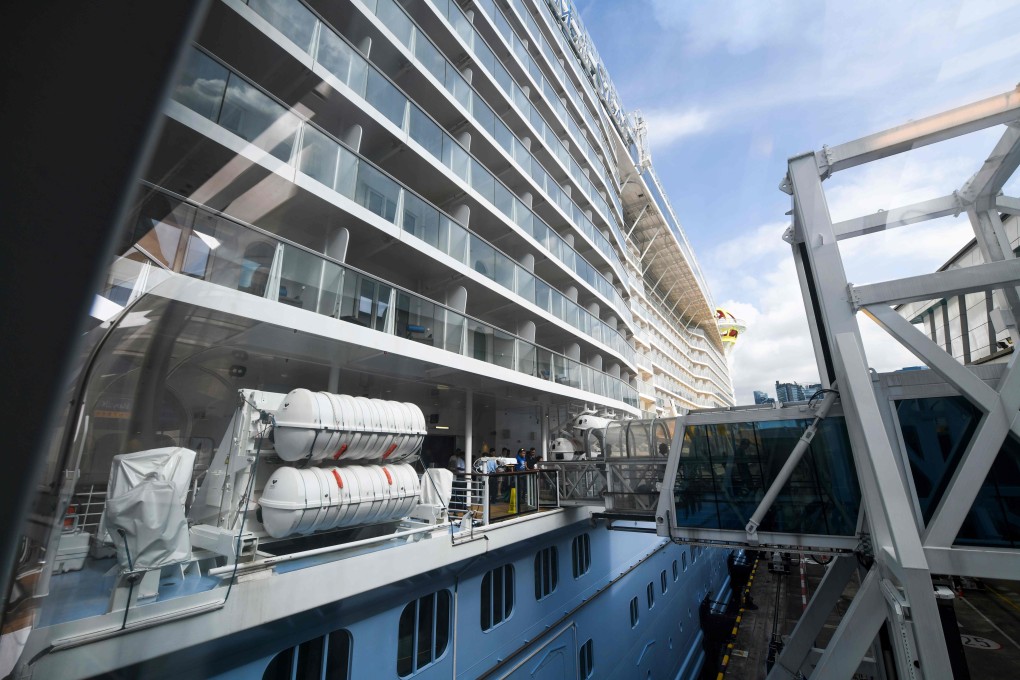Chinese tourist-led cruise ship boom sails into troubled environmental waters
- China cruise market now second largest in the world after the US
- But new ‘monster liners’ are fuelling fears of air and ocean contamination

Green groups are warning of looming environmental devastation in the wake of a boom in cruise ship holidays, fuelled in part by hordes of Chinese tourists taking to the high seas.
The rapidly growing Chinese cruise market is now the second largest in the world after the US, and many of the new, modern liners are choosing China’s cities as their home ports.
As tourism boomed in increasingly wealthy China, there was a growing “desire and enthusiasm” for cruises, said Wang Mi, spokeswoman for Chinese online travel agency Tuniu.
“Cruise products are very popular with seniors, families and honeymooners in China,” she said.
About 30 million people worldwide are expected to go on a cruise this year, up nearly 70 per cent from a decade ago, according to the Cruise Lines International Association.